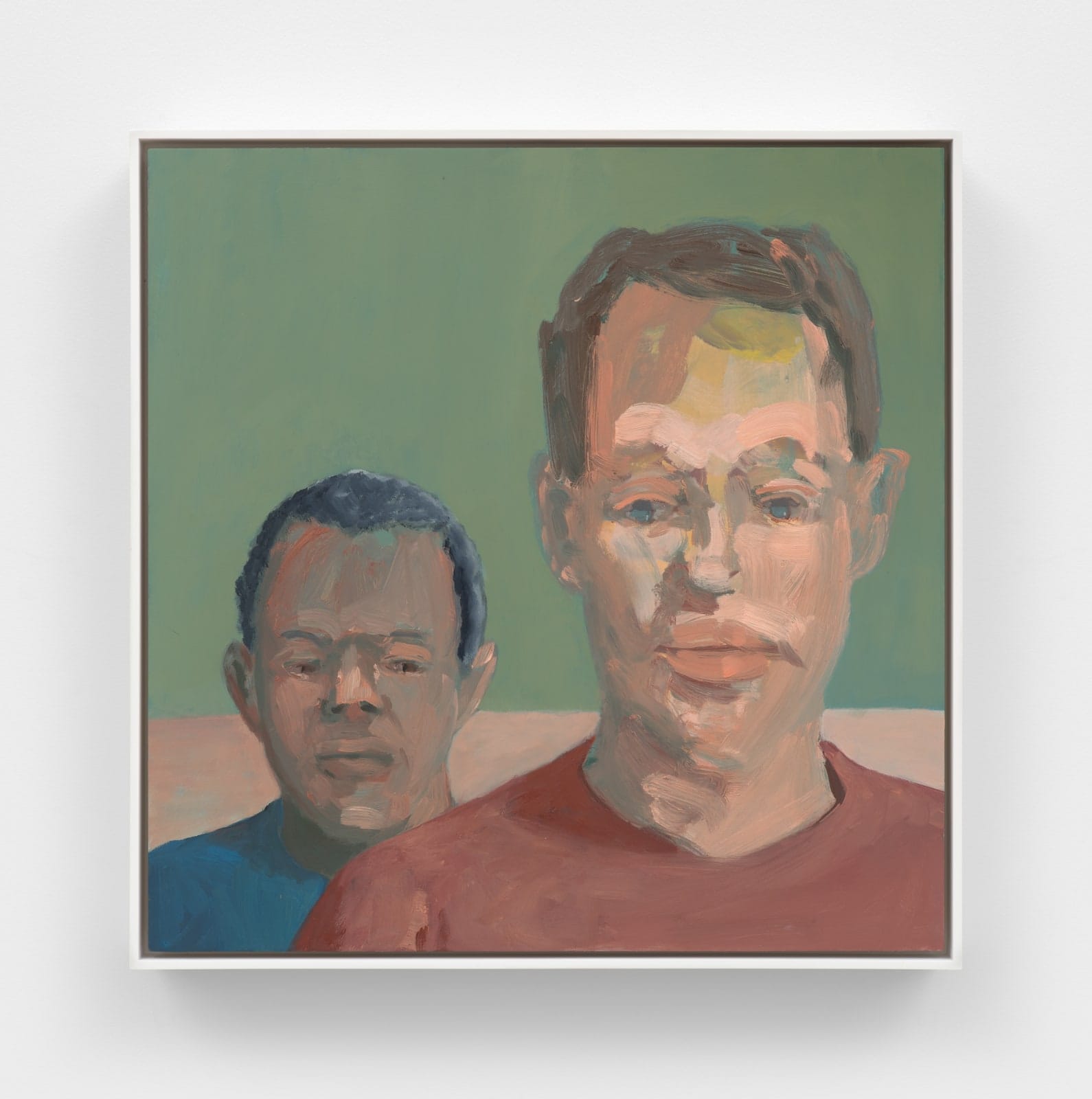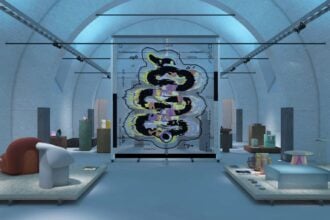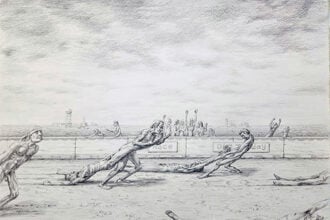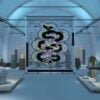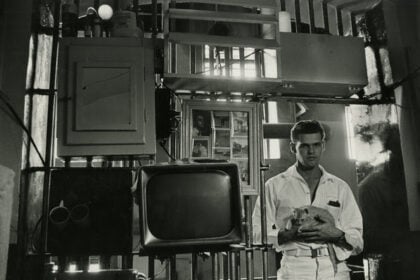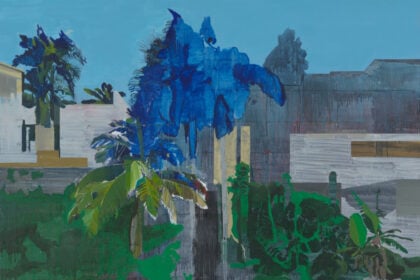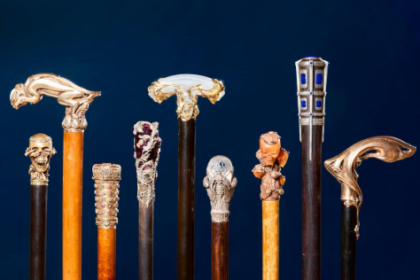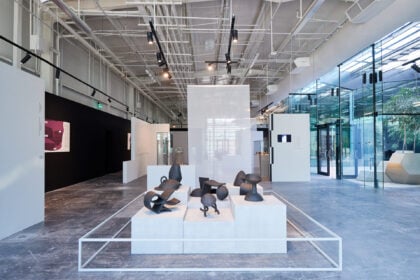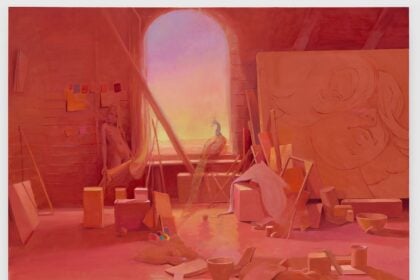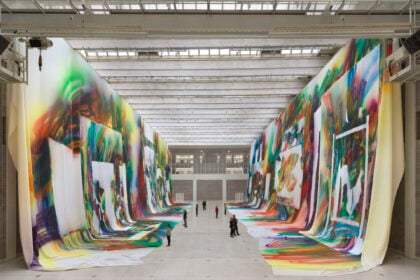At Frieze London, Alexander Gray Associates proudly showcases an array of recent and historical works by a distinguished roster of artists: Chloë Bass, Frank Bowling, Ricardo Brey, Bethany Collins, Melvin Edwards, Harmony Hammond, Kang Seung Lee, Steve Locke, Carrie Moyer, Ronny Quevedo, Joan Semmel, Hugh Steers, and Ruby Sky Stiler. These artists, though varied in their individual practices, are united by their innovative approaches to materiality and representation, pushing the boundaries of both form and concept.
For over fifty years, Frank Bowling has intricately woven personal and collective memory into his abstract works to reflect on Black identity. By continually refining his use of color, Bowling’s paintings, such as Sunrise (2020), conjure the luminous qualities of eighteenth-century English landscape painting while evoking the shimmering haze of the waterways in his native Guyana. Melvin Edwards, a longtime friend of Bowling, creates abstract sculptures that combine expressivity with modernist forms. In works like Combination (2005)—part of his ongoing series, Lynch Fragments—Edwards uses steel to reference both physical labor and racial violence, reconfiguring narratives surrounding the African Diaspora.

Chloë Bass, on the other hand, explores the potential of language to document the everyday. Her piece January 6th – 7th, 2020 (2024) comprises a pair of lamps inscribed with the artist’s recounting of those days’ events. The subtle shifts in the lamps’ intensity symbolize the passage of time, encouraging new ways of “seeing,” according to Bass. Contrastingly, Bethany Collins utilizes the material properties of paper to encode broader histories. In Old Ship XII (2023), Collins molds paper into a monument that pays homage to Black American history.
Both Joan Semmel and Carrie Moyer take bold approaches to color and form. Since the 1970s, Semmel has intervened in the art historical tradition of the nude. Her canvases, such as Seated (2024), celebrate color and flesh, taking her own body as the subject. Moyer’s playful compositions similarly emphasize sensory experiences. In Icy Hot (2024), she crafts an immersive, tactile surface evocative of the natural world. Ricardo Brey, too, commits to color, as demonstrated in his ongoing series of blue works, including Filtering of Lights (2023). His pieces intertwine the history of the monochrome with landscape.
Equally committed to the interplay of form and content, Harmony Hammond and Ruby Sky Stiler reinterpret painting through queer and feminist lenses. Hammond’s near-monochromatic paintings, like Lace II (2013), feature heavily worked, skin-like surfaces. By queering the modernist monochrome, these canvases ground abstraction in the body. Similarly, Stiler’s relief paintings challenge art historical archetypes. Works like Seated Blue Figure (with turquoise and red outline) (2024) juxtapose collaged female figures against fractal-like backgrounds, confronting the dichotomy between “woman as subject of painting versus creator of image,” as Stiler puts it. Ronny Quevedo’s multilayered drawings, such as el centro folklórico (2024), fragment and reassemble the abstract motifs of Pre-Columbian textiles. For Quevedo, collapsing the distinctions between past and present “gives life to an ancestry of abstraction and transformational figures.”
In contrast, Steve Locke’s cruisers paintings, including cruisers (lunch counter) (2024), use figuration to capture intimate moments between men. These compositions serve as meditations on the gaze, mapping the politics—and dangers—of desire. Hugh Steers’s Shadow Box (1991) also addresses the perils of desire, illustrating the unsettling psychic realities of queer men navigating a world indelibly altered by the AIDS epidemic. Finally, Kang Seung Lee recontextualizes visual materials tied to queer history and collective memory. In Untitled (Elysian 2) (2024), Lee reproduces seed pods and dried flowers collected from Elysian Park, a well-known queer cruising site in LA. By memorializing this flora, Lee states he “[creates] this space for bodily experience … through artistic labor that cannot easily be put into words.”

By uniting these diverse approaches to abstraction and representation, Alexander Gray Associates’ presentation at Frieze London highlights the expansive methods employed by these thirteen artists. Together, their works emphasize Lee’s belief that by “connecting different geographies and experiences … there is a possibility of creating new knowledge in [the] process.” The gallery’s selection underscores the dynamic and multifaceted nature of contemporary art, showcasing how these artists redefine the landscapes of materiality and representation.
Top Image: Steve Locke: cruisers (lunch counter), 2024. Oil on panel. 24 x 24 in (61 x 61 cm). 25 1/8 x 25 1/8 x 2 1/8 in framed (63.8 x 63.8 x 5.4 cm framed)
